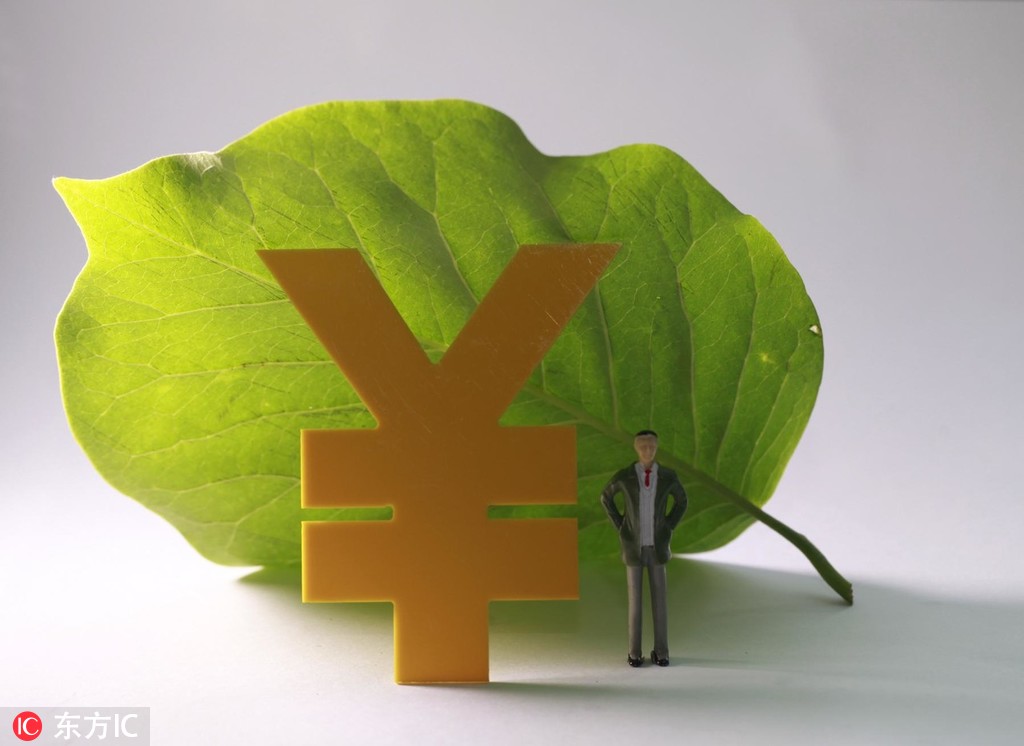Green finance grows and flourishes


As global leaders gather at the Katowice Climate Change Conference this week, the question of how to fulfill the Paris agreement commitment of keeping the temperature rise this century close to 1.5 C again entered the media spotlight.
One unique solution to addressing this tough challenge is green finance, which has become a hot topic in the financial sector, especially this year due to its unprecedented growth rate.
Ten years ago, when the World Bank issued the first-ever green bond, it was such a novelty that it only attracted tens of millions of dollars. In comparison, by June 2018, the world had $1.45 trillion of climate-aligned bonds outstanding.
Still, such incredible growth is really just the beginning of the story. In late November, a total of 28 leading global commercial banks signed a commitment that they would prioritize financing for environmentally friendly projects. This month, nine multinational development banks followed suit and signed their own climate alignment declaration.
If all these banks keep their word, meaning that they provide loans to green projects such as renewable energy, electric vehicles and energy-efficient buildings, then the world may well be on track to achieve the 1.5 C vision.
China has led the growth of green finance and will continue to do so, for three important reasons.
First, China has incredible political support for this sector's growth at home and abroad. China became the first country to make it compulsory for all listed companies and bond issuers to, by 2020, disclose the environmental, social and governance risks associated with their operations.
Internationally, China has led the advancement of green finance regulation. In 2016, it used its presidency at the G20 Leaders' Summit to put green finance on the agenda for the first time, and Beijing has since worked closely with central banks around the world to advance green finance policies.
Second, China's large financial sector provides abundant room to grow green finance solutions. In 2016, when China officially launched its green bond market, labeled green bonds issued in China reached a whopping 205.2 billion yuan ($29.77 billion). That made China the world's largest issuer of green bonds and responsible for 40 percent of green bonds issued globally.
One of the 28 banks that promised to prioritize green finance is Industrial and Commercial Bank of China, which also happens to be the world's biggest bank by assets. When a large bank such as ICBC puts its mind to a green commitment, the impact is significant.
For instance, earlier this year ICBC launched a $1.58 billion green bond on the London Stock Exchange, which marked the biggest green bond on the bourse. In 2016, ICBC developed a model for environmental stress testing, the first of its kind for banks. International banks and policymakers have since taken inspiration from this method.
Third, and perhaps most important, China feels a responsibility to take a leadership role on climate-change issues internationally. Many of the world's new infrastructure projects this century have been inspired by the Belt and Road Initiative and China feels it should play a role in ensuring these new projects are sustainable.
This message was made clear by President Xi Jinping at the 2017 Belt and Road Forum for International Cooperation in Beijing. He shared a vision of greening the Belt and Road region, and said that China will provide support to related economies in adapting to climate change.
This vision has gained praise and support from international partners. The United Nations signed an agreement with China to promote sustainable development in connection to the Belt and Road Initiative, and the UK's City of London joined the People's Bank of China to launch a set of guidelines to encourage banks to finance green BRI projects.
- Wind turbine manufacturer gets financial backing
- Speech by H.E. Ambassador Liu Xiaoming at the Belt and Road Initiative and Green Finance Forum: Deepen Cooperation on Green Finance for More Progress in Belt and Road Development
- China's financial holding companies to face tougher supervision
- Committee set to promote green finance cooperation
- Forum focuses on green finance




































